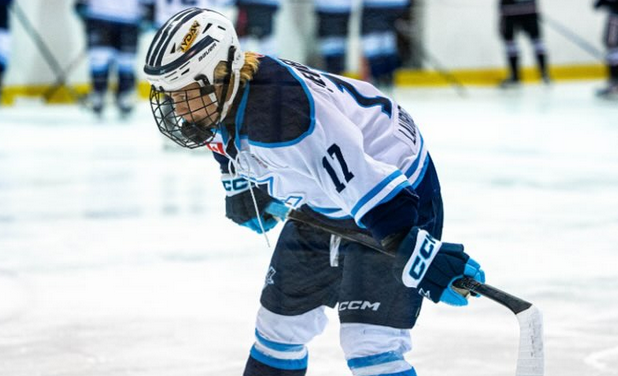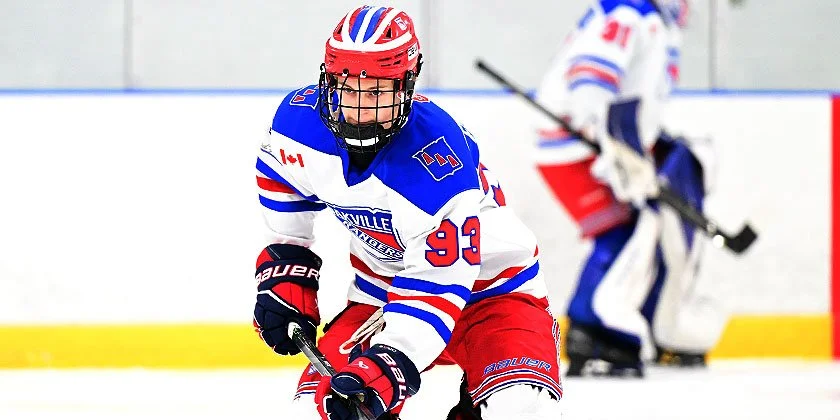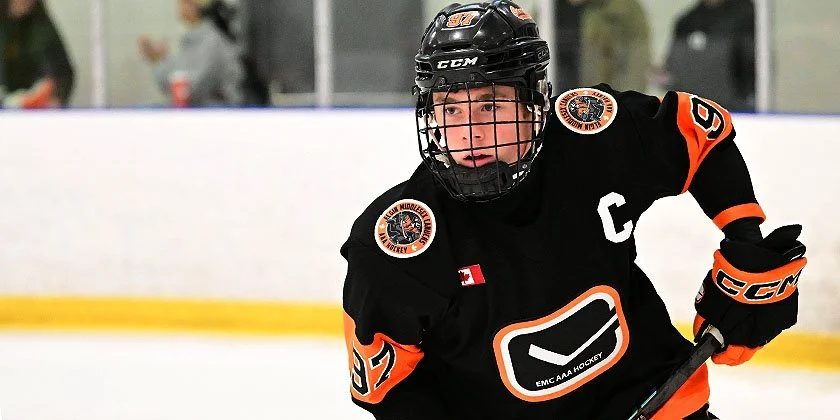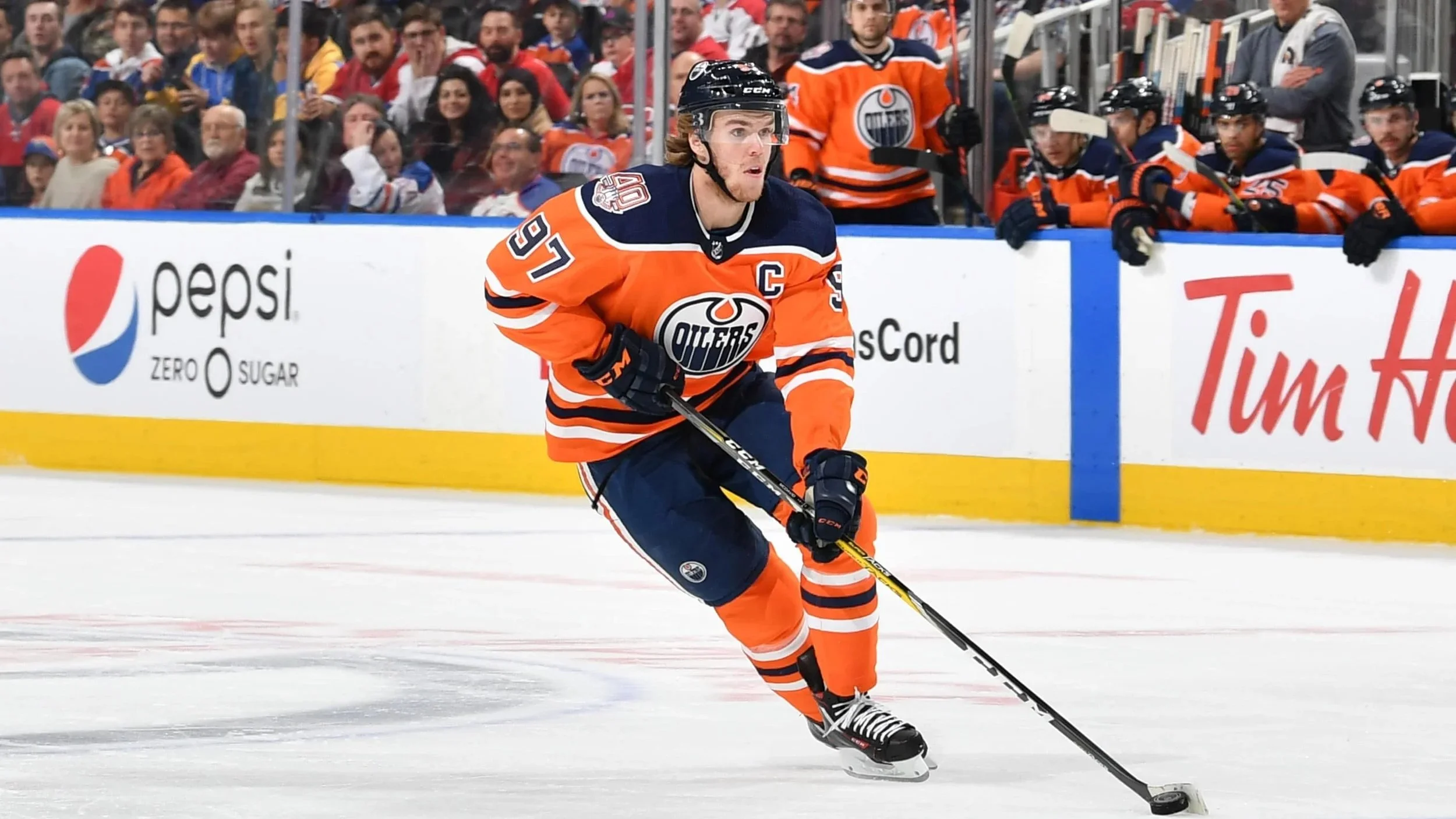The PDA Newsletter | Inside The U16 Draft Year
For the players in the fight, the parents in their corner, the coaches steering the ship, and the scouts keeping score.
This is the season that changes everything.
Not just for the players, but for everyone involved.
The Minor Midget year is intense, filled with emotion, highly scrutinized, and it goes by in the blink of an eye.
Everyone’s aware of the gravity of this season. Scouts are watching. Agents are circling the rinks. Expectations are climbing. And for elite players across the province entering their U16 season, this becomes more than just a season; it becomes a stage.
Every decision, every tournament, every moment of growth or doubt, it all feels like it could shift their story.
And in many ways… it can.
But behind the exposure, the rankings, and the draft chatter, there’s something more important unfolding:
The mental, emotional, and developmental load of a high-stakes year.
One that deserves to be understood, not just watched.
So, whether you’re on the ice, in the stands, or in the war room, here’s what’s really happening across the U16 season and what matters most at each stage.
September-October: First Shifts, First Impressions
Key Events:
Toronto Titans Early Bird (Sept)
Wendy Dufton Memorial (Oct)
Regular season begins across all leagues (Late Sept)
The puck drops, and the tone is set. First impressions are being made.
This is where early chemistry is tested, depth charts are shuffled, and scouts begin building their first lists. Not decisions, lists. They’re watching for flashes. For energy. For clues about who might separate from the pack over time.
For players, it’s about earning trust and showing consistency.
For coaches, it’s about building culture and managing the excitement.
For parents, it’s about not jumping to conclusions; a quiet tournament doesn’t erase a season.
For scouts, it’s still wide open.
What matters most now:
Body language
Shift-to-shift engagement (Are you visible?)
Game impact without the puck
The start of a positive development trend
Backed By Science
Research in adolescent athlete psychology shows that early-season performance anxiety, especially in visible, high-pressure environments like tournaments, increases when athletes tie their self-worth to outcome-based goals (points, wins, exposure).
But when athletes focus on process goals (effort, learning, consistency), they experience greater confidence and resilience under pressure.
Source: Journal of Sport Behavior, 2023
November-December: Buzz Builds, Reputations Form
Key Events:
International Silver Stick (late Nov)
Marlies Holiday Classic (late Dec)
League play ramps up in intensity
This is the stretch where names start circulating, and where pressure quietly builds.
Players begin comparing. Parents start worrying. Group chats get louder. Scouts aren’t just taking notes, they’re starting to compare. Who’s rising? Who’s stalling?
This is when it’s easy to lose sight of your own game. The outside noise gets louder than your own feedback loop. Confidence swings harder. Sleep might suffer. Pressures at school. Everyone’s watching.
What matters most now:
Internal focus over the external chatter
Role clarity: knowing what kind of player you are and delivering on it
Recovery, sleep, and mindset maintenance
Communication between parents and players is rooted in stability, not panic.
January: Decisions Take Shape
Key Events:
Steve Richey & Oakville Classic
League standings tighten
OHL mid-season meetings begin
This is when the season’s true weight hits.
Scouts start forming decisions. Organizations begin finalizing their “watch” and “call” lists. Performance under pressure becomes a focal point.
Some players thrive; they’ve been building all season. Others might hit a wall, mentally, physically, or emotionally. This is also when roles within teams solidify: who gets the final minutes, who earns power-play or penalty-killing time, and who drives the bench.
Fatigue, minor injuries, and mental burnout become more common. And for families, the temptation to overcorrect rises.
What matters most now:
Shift-to-shift reliability
Visible leadership, not just production
Emotional regulation: how players respond to bad bounces, bad shifts, or tough weekends
Support systems that prevent overreactions to setbacks
February–March: Playoffs, OHL Cup, and the Final Picture
Key Events:
League playoffs across all regions
OHL Cup (mid-late March)
Draft boards are finalized
This is the stretch that carries the most weight, but also the most misinformation.
Because while everything feels like it’s coming to a head, it’s important to remember:
Players rise in February. Players fall in February. Players get discovered in March.
There’s no such thing as being “too late” if you’re playing your best hockey when it counts.
The OHL Cup acts as the final stage, and for those who get there, it’s a proving ground. But even for those who don’t, the playoff stretch offers scouts exactly what they want to see: how you perform under fire, and how much better you are now than you were in September.
What matters most now:
Confidence under pressure
Game-to-game stamina and emotional control
Trustworthiness in meaningful minutes
Ability to impact the game without forcing plays
April: Draft Day and Beyond
A name gets called. Or it doesn’t.
Either way… this is not the end.
The OHL Draft is a checkpoint. Not a destination.
For every first-rounder, there are late picks who outwork them. For every passed-over player, there are second-chance stories waiting to be written.
The only thing April decides is who gets a call first and where you’ll be going to camp in the summer. The rest is still earned.
The Mental Load Beneath It All
While we track performances, rankings, and tournaments, here’s what players are often carrying behind the scenes:
Fear of falling behind
Jealousy within the room
Agent pressure or social comparison
Mental fatigue / School stress
Sleep issues
Identity conflict (Am I still worth it if I don’t get drafted?)
Internalized stress from everyone else’s expectations
For those around the players: parents, coaches, friends, family and teammates, your ability to recognize and normalize these emotions might be the most important support you can offer. Give them perspective.
In Conclusion: This Year Shapes — But Doesn’t Define
If you’re a parent: be the calm, not the commentary.
If you’re a coach: focus on growth, not just results.
If you’re a scout: remember that development doesn’t follow a calendar.
And if you’re the player: know that your best hockey is often born in the quiet, untracked moments when you’re simply doing the work.
Because this season isn’t just about being seen.
It’s about becoming someone worth seeing for the future.
Actionable Advice (For Everyone)
1.
Measure growth over time.
Progress isn’t about a single game or weekend; it’s about how far you’ve come since the start of the season.
2.
Filter, don’t mute.
Use rankings, video, and feedback as tools — but know what matters to your own development, and leave the rest behind.
3.
Protect the joy.
Whatever your role, support the human first, and the hockey will follow.
Up next in the PDA Newsletter
On Monday, we shift to our Elite Habits Series with Play Fast Without Rushing: How Elite Players Think at Game Speed. You’ll learn how the best in the world create time in the chaos, why awareness beats raw speed, and four habits you can start training today to make the game slow down, even when the pace is at its highest.








